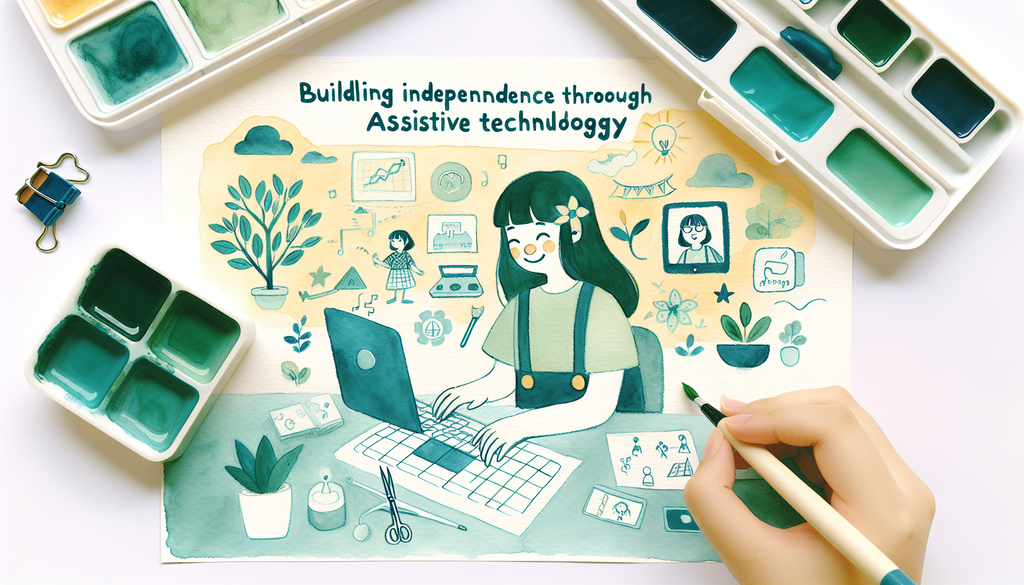Building Independence Through Assistive Technology

A significant milestone in every child’s development, regardless of their abilities, is reaching a level of autonomy and independence that makes them confident in their capabilities. For children with special needs, striving for these goals can seem overwhelming. Fear not, as assistive technologies are providing viable alternatives to support these children on their path to independence. This blog will discuss how assistive technology aids children with special needs, suggesting functionalities that can considerably improve their daily lives.
Assistive Technology: A Pathway to Independence

Assistive technology, in essence, refers to any device, equipment, or system that enables people with disabilities or special needs to perform tasks that would otherwise be challenging or impossible. These technologies can range from simple, low-tech solutions such as visual schedules or label makers to high-tech inventions like power wheelchairs and communication devices. Importantly, assistive technology doesn’t replace your child’s existing skills; instead, it enhances and supports them to reach their maximum potential.
Assistive technologies can be a game-changer for children with special needs. Here’s how:
Fosters Independence and Self-reliance
One of the primary goals of assistive technology is promoting independence. Devices such as walkers, adaptive cutlery, dressing aids, and voice-activated software present options for children with special needs to perform tasks independently. Building this autonomy boosts their self-esteem and confidence, key factors in their long-term emotional and social development [^1^].
Facilitates Communication
Assistive technology can also bolster communication, particularly for children with speech or language difficulties. Speech-generating devices, symbol systems, and text-to-speech apps provide children with alternative methods to express their thoughts, needs, and ideas. Engaging in effective communication enhances their ability to form relationships, express desires, and advocate for themselves [^2^].
Supports Learning and Education
In terms of education, assistive technology provides invaluable support. From screen readers for visually impaired students to spelling aids or math software for children with learning disabilities, these technologies can assist students in accessing information and completing assignments. More than just a tool, assistive technology serves as an equalizer in the education realm, ensuring every child has the opportunity to learn [^3^].
Embracing and Implementing Assistive Technology
If you believe that your child could benefit from assistive technology, begin by seeking guidance from professionals knowledgeable about the child’s specific needs. Occupational therapists, speech therapists, teachers, and specialized technology consultants can provide insights about suitable technologies for your child’s specific needs. Additionally, consider getting input from your child during this process; after all, they are the ones using these tools in day-to-day life.
Remember, successful assistive technology implementation often requires training and familiarization. Be patient with your child as they learn to use their new tools. Sometimes, it may involve trial-and-error. Be open to experimentation, and don’t hesitate to switch devices or strategies if something isn’t working. Your child’s comfort and ease of use are paramount.
In conclusion, assistive technology holds immense potential in empowering children with special needs to experience independence, build self-esteem, and stay engaged in their learning and development. By harnessing the right tools and strategies, you can help your child take significant steps towards a more self-reliant future.
For those keen on digging deeper, refer to our other articles on Creating Sensory-Friendly Spaces or Discovering the Power of Music Therapy.